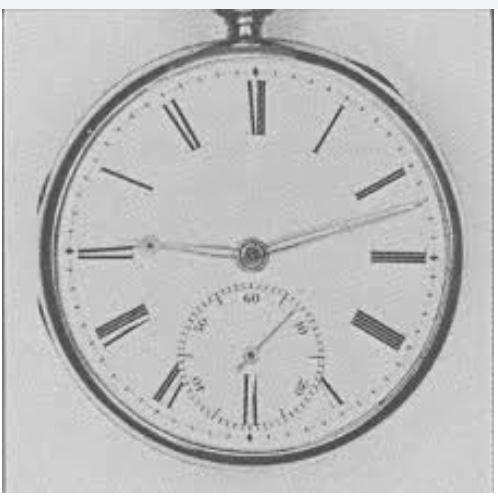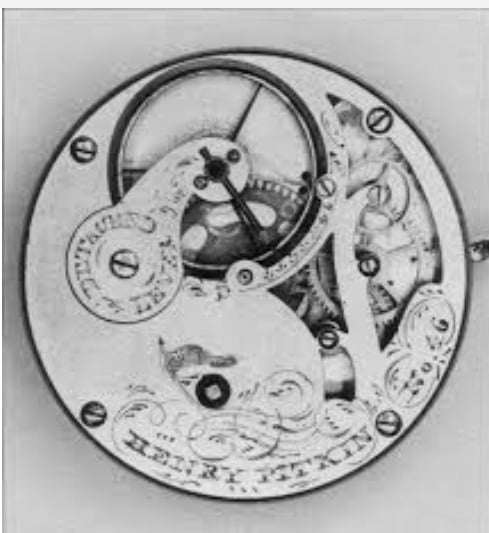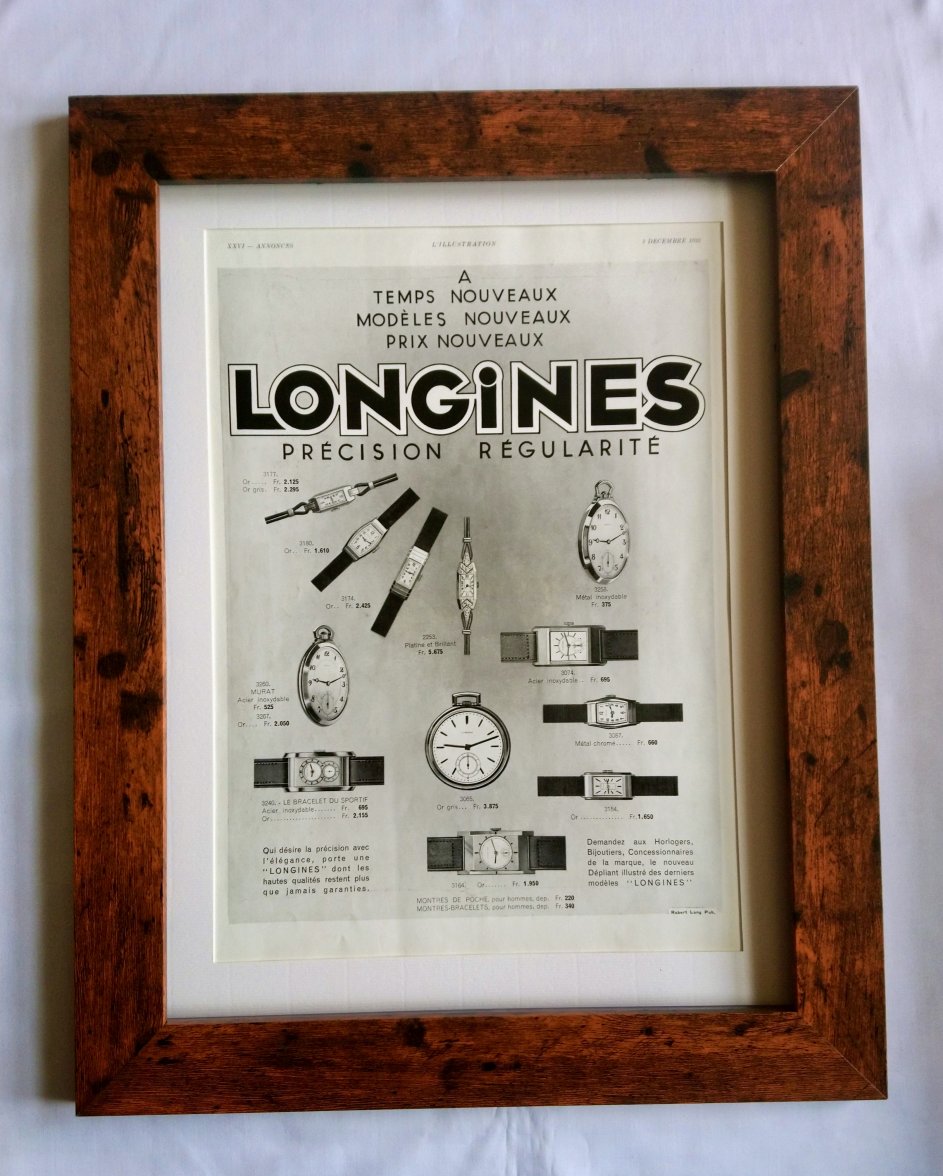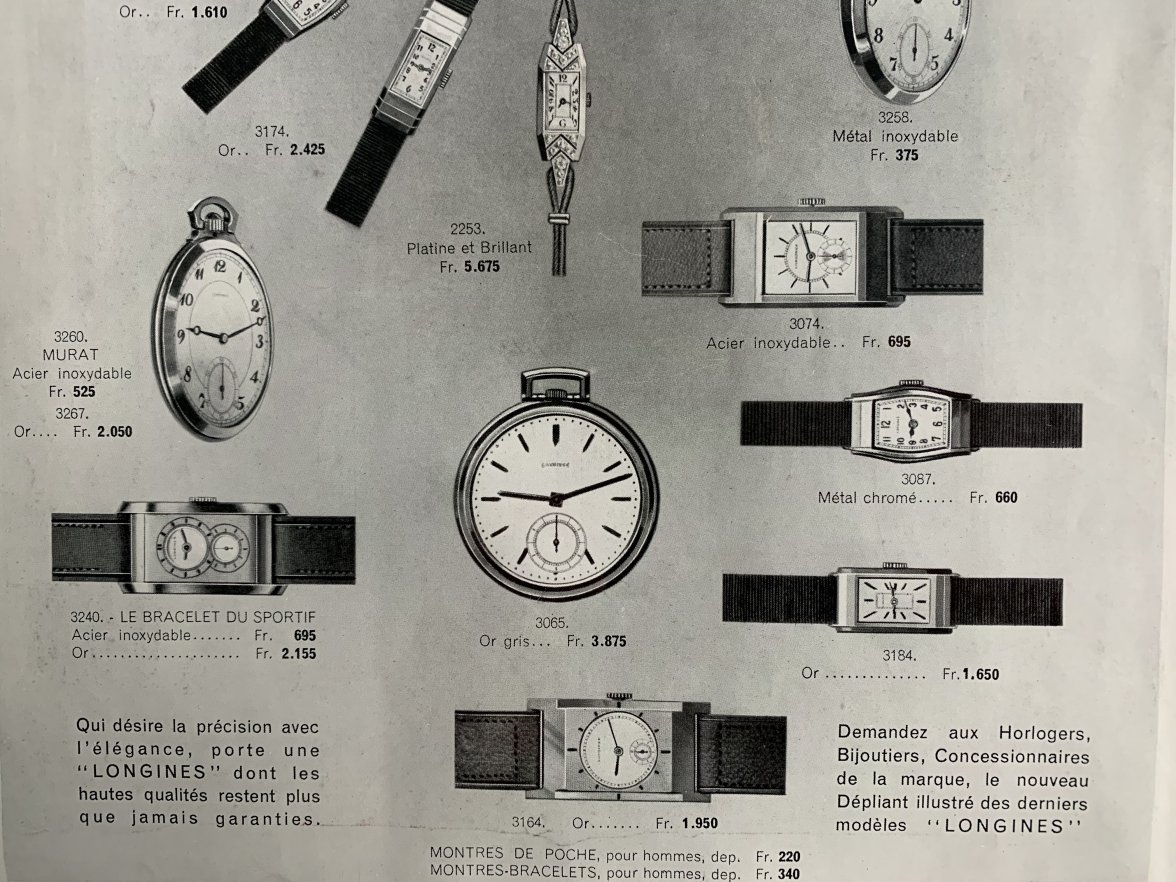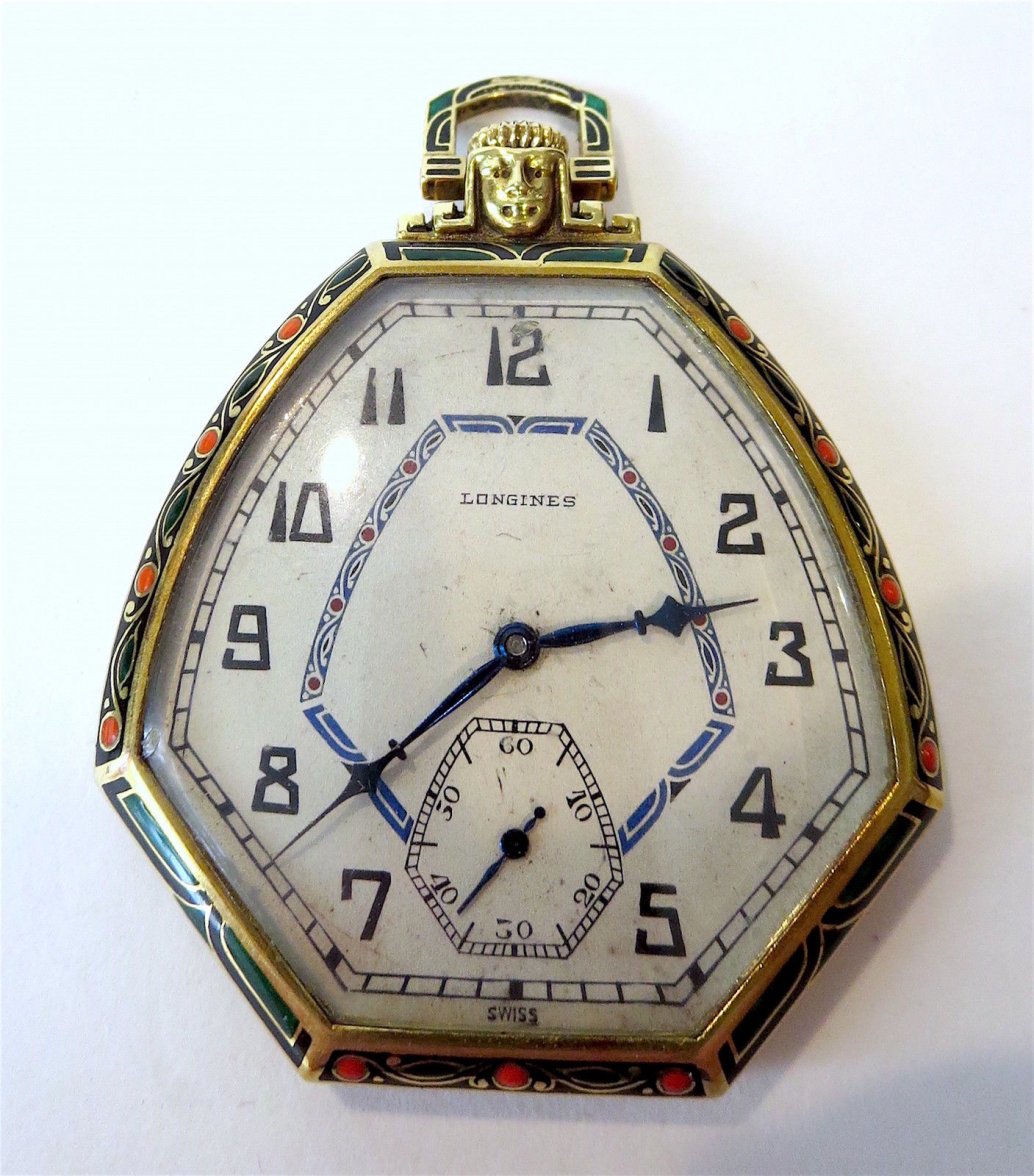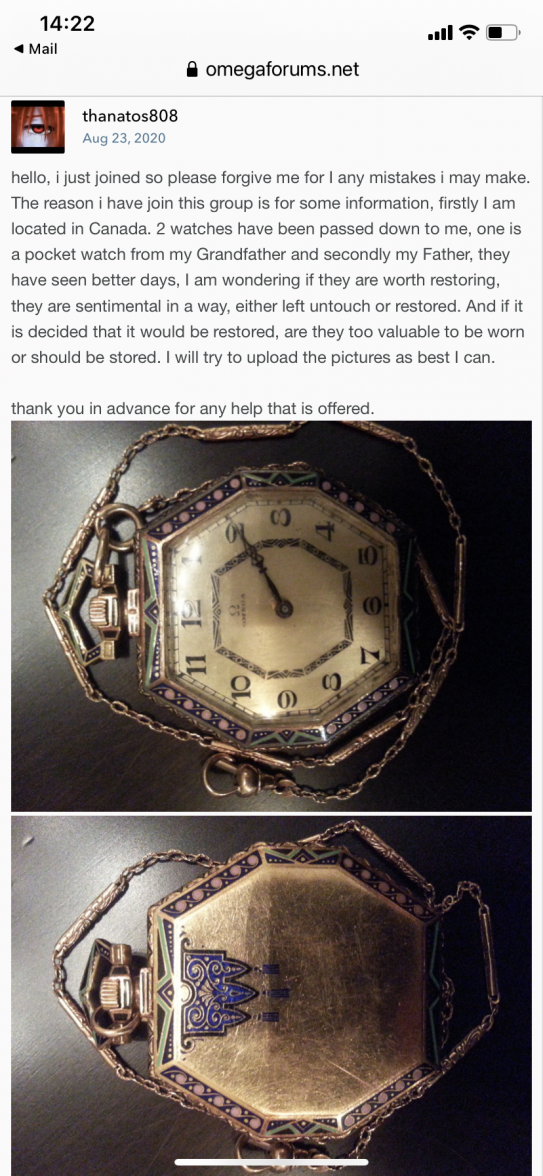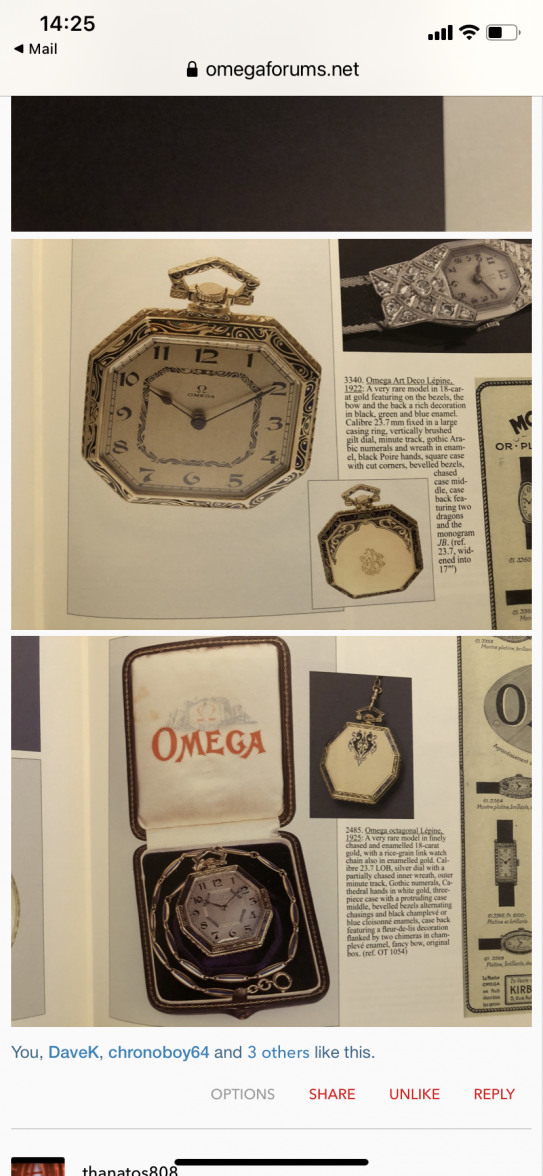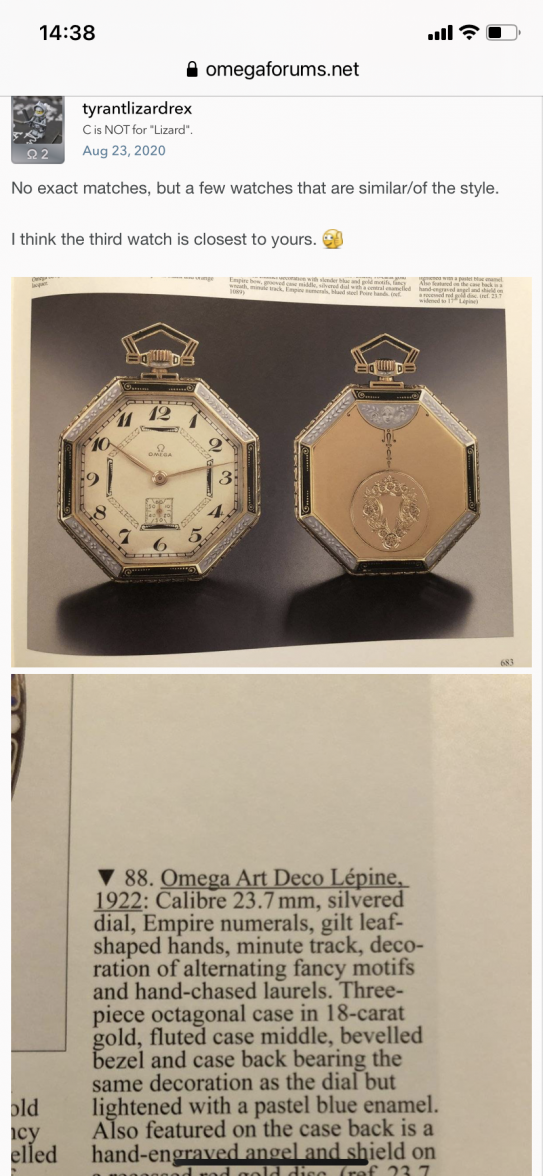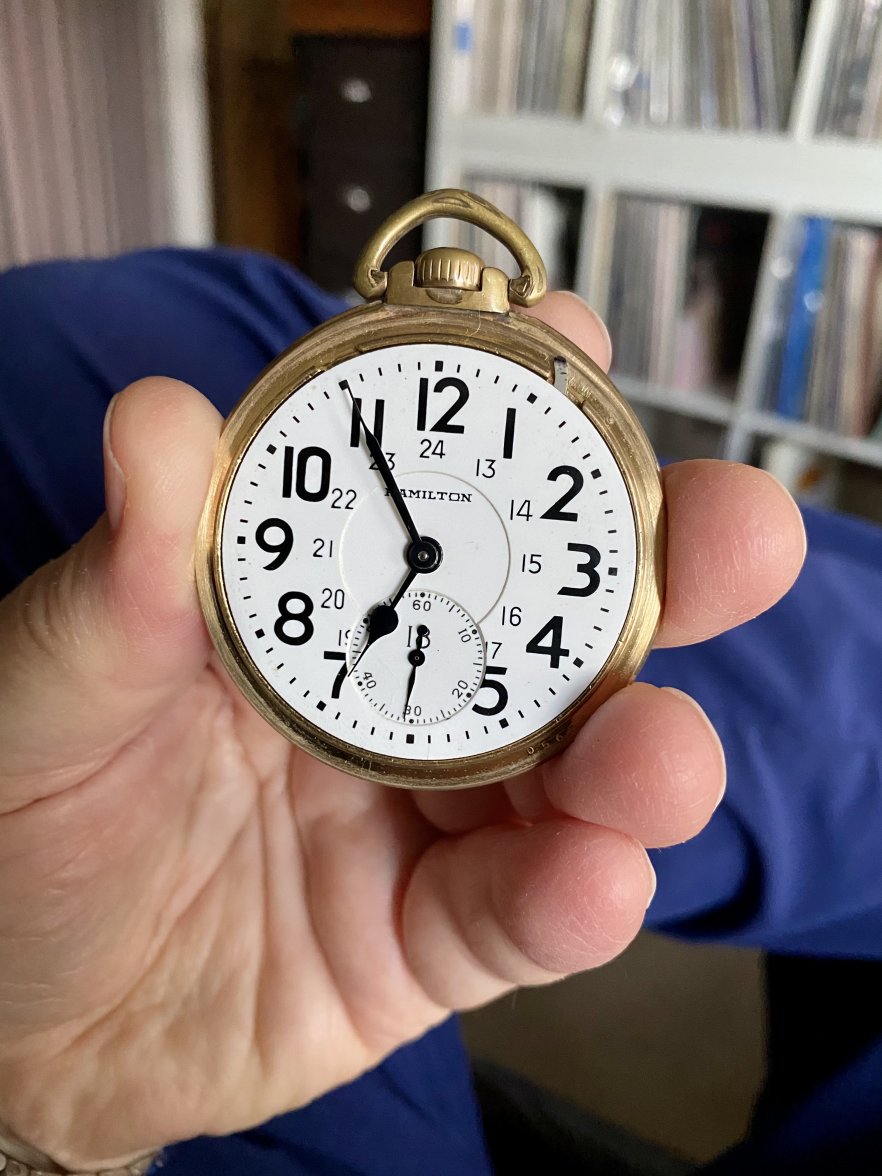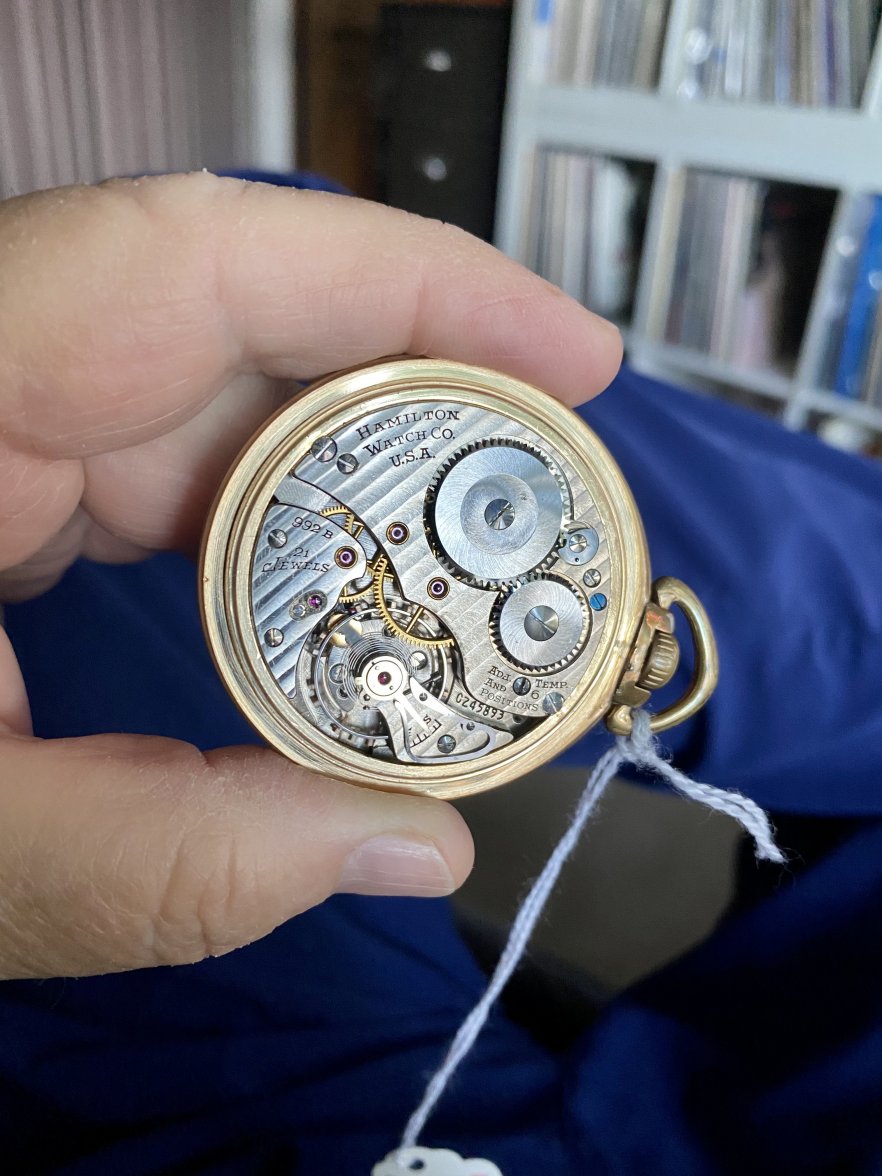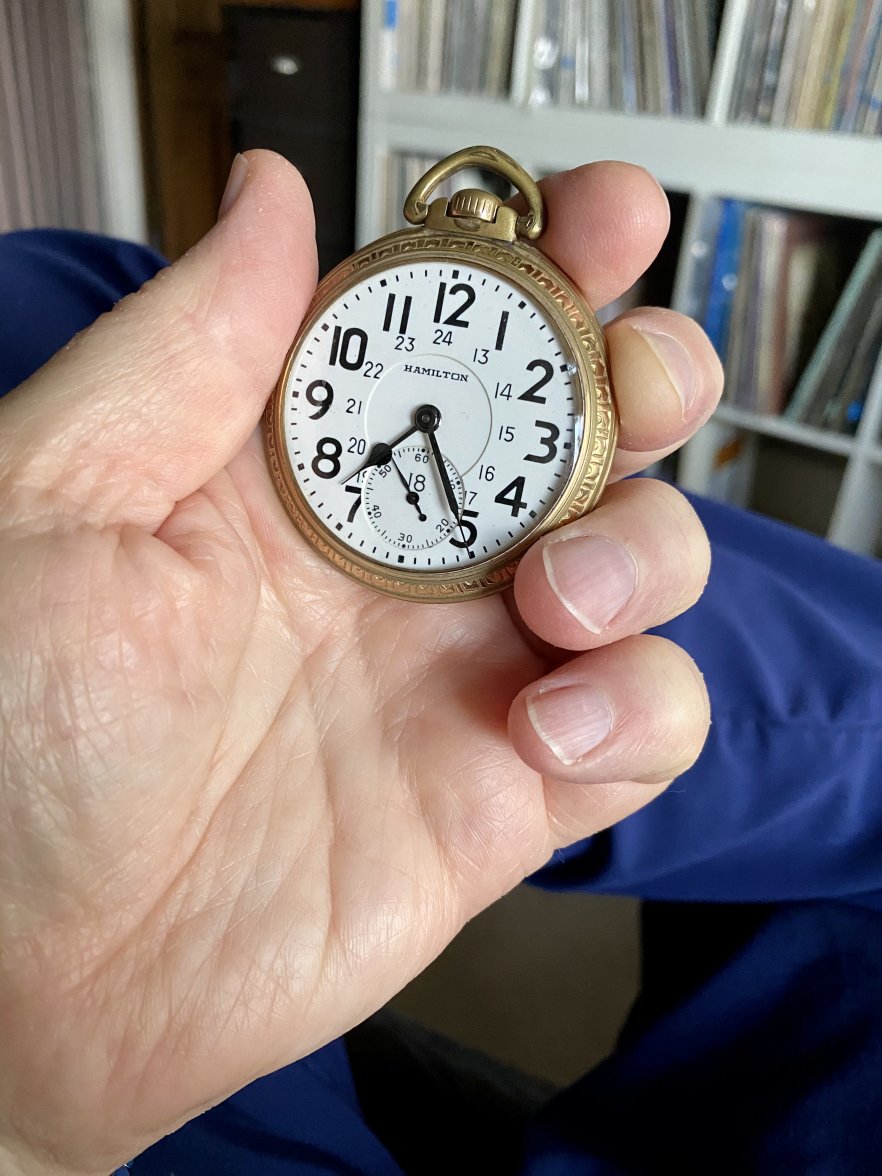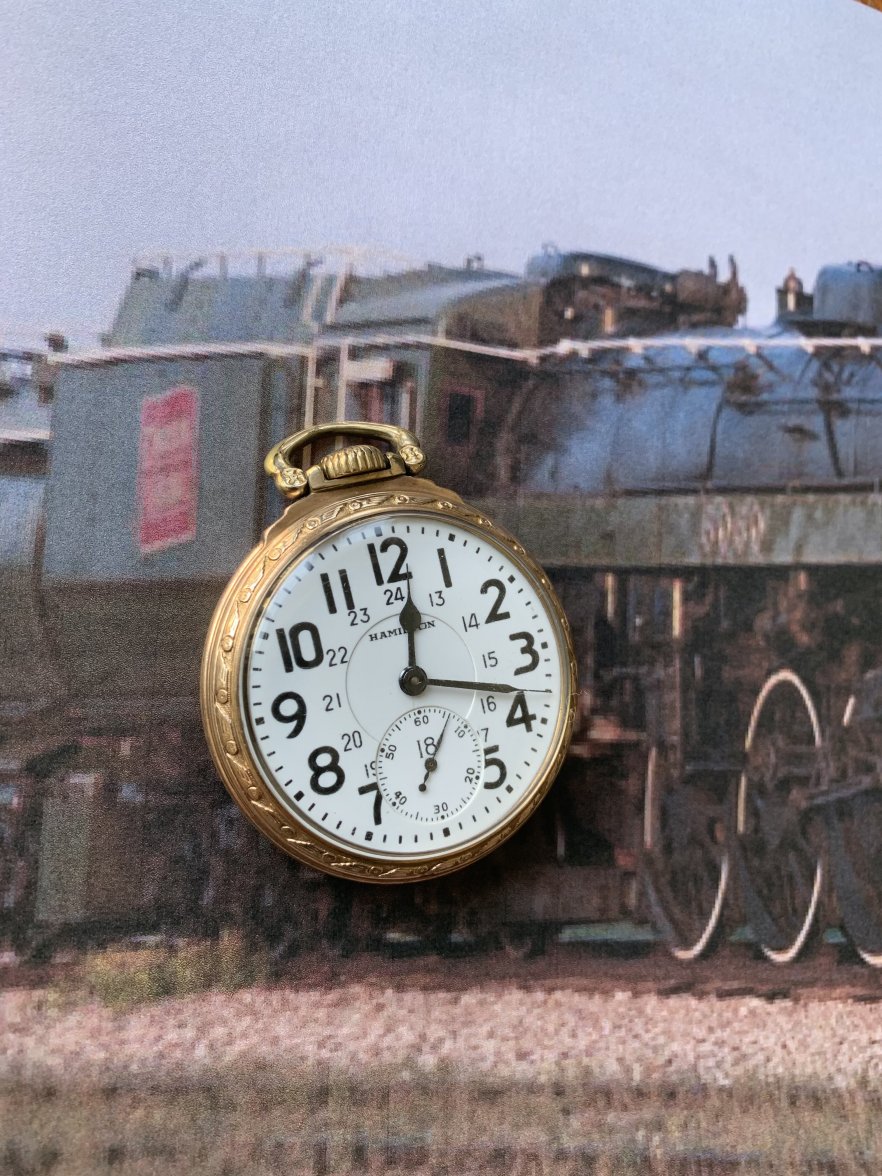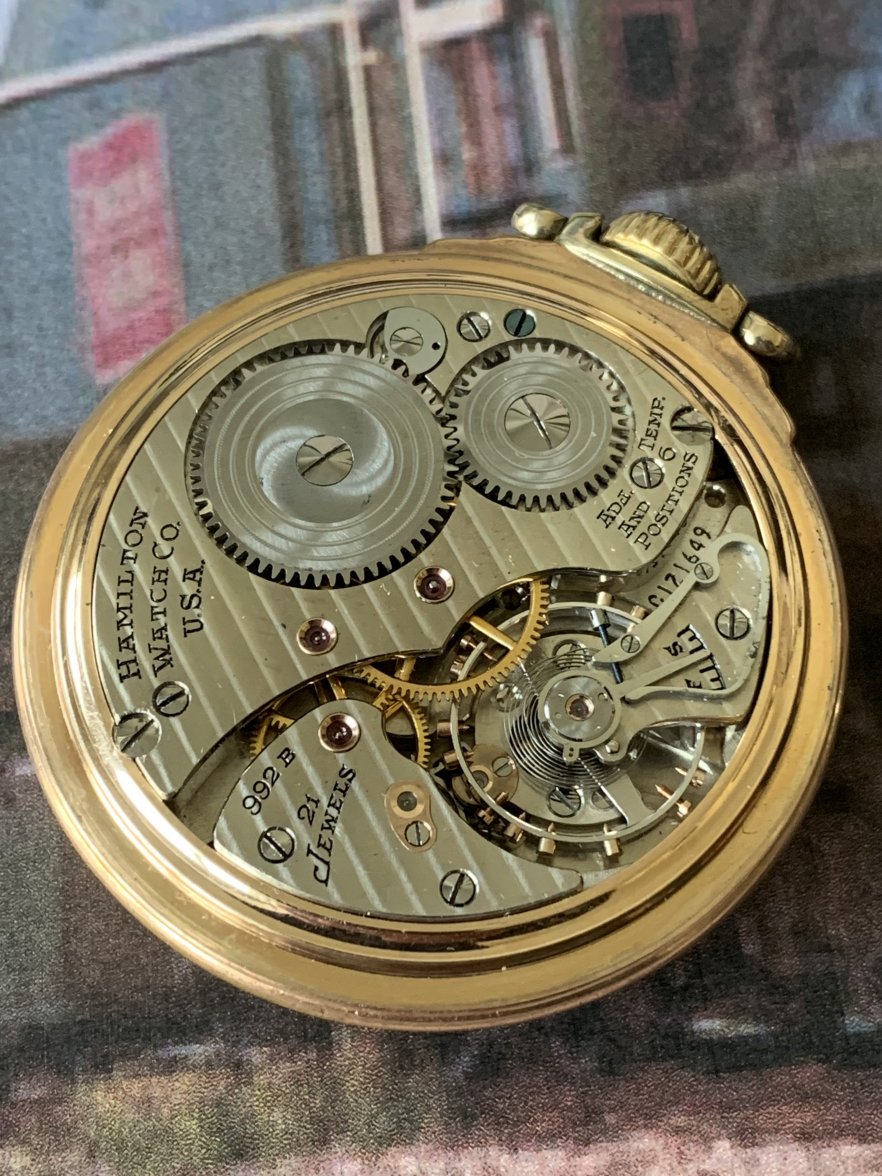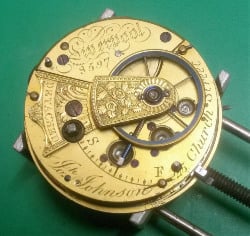At another time, on another message board, the question of jewels in watches arose. Over the past 350 years or so, a wide variety of materials has been used. The earliest jewels placed in watches go back to the 18th century when an a English watchmaker used agate bearings in his watches. The purpose was then as it is now. To reduce friction, reduce wear, improve oil retintion, and improve performance and accuracy.
From those earliest times, a wide range of gemstone materials has been used. Rock crystal, aquamarine, spinel, diamond, garnet, ruby, sapphire, and perhaps others that I don’t know about. Is there anyone involved in this thread in possession of a 19th or late 18th century English watch with rock crystal jewels? In many such watches, the rock crystal jewels are large in diameter, giving rise to the slang term, “Liverpool Windows.”
There was a time during the 1940s when Hamilton experimented with brass bearings instead of jewels, owing to shortage of material for watch jewels. Hamilton also experimented with carbide bearings in experimental 992B models. All American manufacturers were in the same boat. Their jewels were mostly imported, and those supplies dried up during WWII. There was a huge effort expended by the American watch companies which resulted in the American watchmakers having adequate supplies of domestically produced, synthetic ruby jewels.
Most watches today that are equipped with jewels, have synthetic ruby jewels. These jewels are made of man-made corundum. A characteristic of man-made jewels is their uniform pigeon-blood red colour, and absence of flaws.
Now to the subject of genuine ruby and genuine sapphire jewels which were extensively used prior to about the mid 1920s. To answer a question on another board, I went through my stash of unassorted genuine ruby hole jewels, and selected a sampling of these jewels showing a range of colours. A ruby jewel of any colour will work as well as a ruby jewel of any other colour. But the quality of material that was used for watch jewels covered a wide range, generally rated by colour.
At the left end of this array of watch jewels are the jewels that might be graded as “Burma” colour. Dramatic pigeon blood red. As your eye wanders to the right, the colours vary to what might be called “Siam” colour. Further along, “Ceylon” colour, then to pale pink which in jewellery stores today, may be called “pink sapphire.” Basically, just very poor coloured ruby. At the right end is a sapphire hole jewel. These hole jewels are all genuine corundum.
This English watch has rock crystal jewels. These are called in the vernacular, “Liverpool Windows.”
